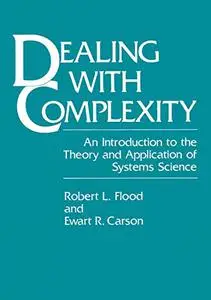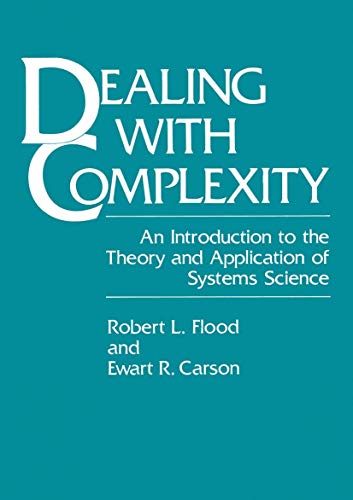Dealing with Complexity: An Introduction to the Theory and Application of Systems Science by Robert L. Flood, Ewart R. Carson
English | PDF | 1988 | 293 Pages | ISBN : 146847801X | 4 MB
With technological advance, the difficulties faced by decision makers and researchers become even more complex and hence more difficult to understand and manage. Traditional approaches have their limitations, particularly when dealing with issues that span many fields of endeavor. Fortunately there has emerged, particularly over the past four decades, the discipline of systems science, which provides a framework for dealing with such complexity.
This book gives an account of the underlying theory of systems science and illustrates its applicability to a range of "real-world" problems. To gain an understanding of systems science and what motivates the systems scientist requires at least a reasonable degree ofliteracy and numeracy, a consequence of the interdisciplinary nature of the subject. The numerate content of this book, however, is almost entirely confined to Chapters 8 and 9. As a result, those who class themselves as nonnumerate are not continually confronted by equations that would, in some cases, prevent satisfactory comple tion of the text. Nevertheless, it has not been possible to exclude totally all aspects of numerate thinking from the remaining chapters. It would be useful, therefore, for those who class themselves as nonnumerate to read initially the section of Chapter 8 entitled "Using Letters Instead of Numbers. " This provides sufficient material to enable the nonnumerate reader to deal with the small amount of quantitative material outside Chapters 8 and 9.



